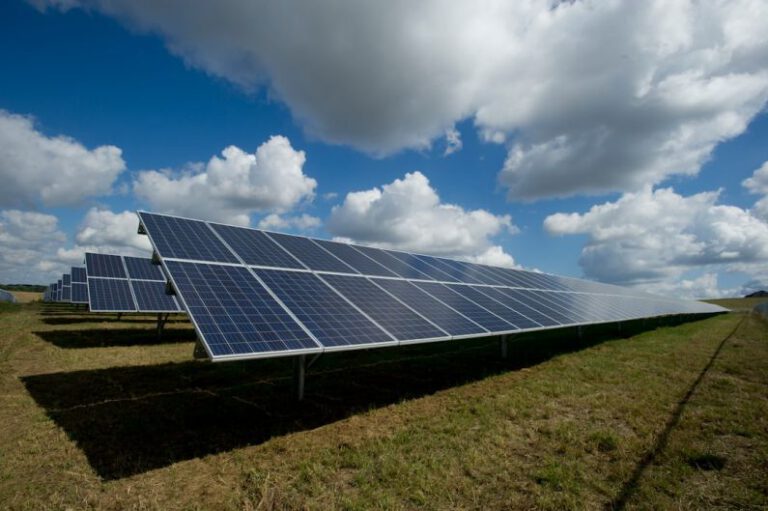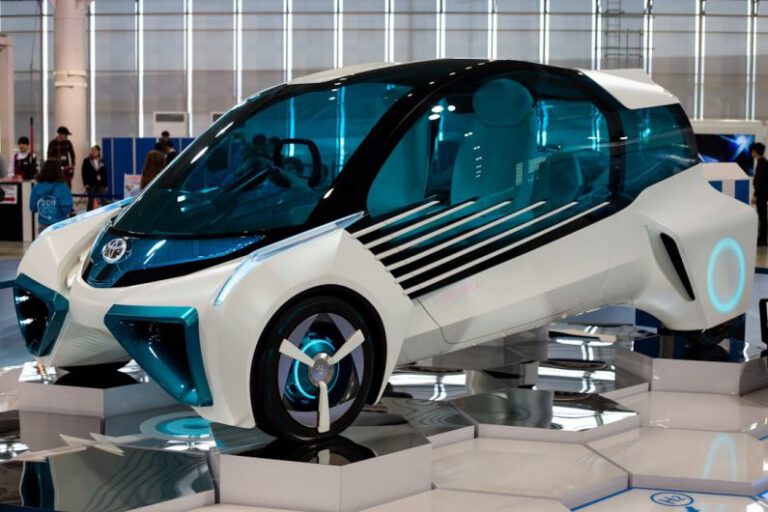Piezoelectric Energy: Power from Pressure
Piezoelectricity is a fascinating phenomenon that has been harnessed to generate electrical energy from mechanical pressure. This innovative technology has the potential to revolutionize the way we power our devices and systems, offering a sustainable and renewable energy source that can be used in a wide range of applications. In this article, we will explore the principles behind piezoelectric energy generation and its practical implications for the future.
The Science Behind Piezoelectricity
Piezoelectricity is derived from the Greek word “piezein,” which means to press or squeeze. This concept refers to the ability of certain materials to generate an electric charge in response to applied mechanical stress. When these materials are deformed or squeezed, the arrangement of their internal structure changes, leading to the separation of positive and negative charges and the creation of an electric potential.
Crystals such as quartz, Rochelle salt, and certain ceramics are known for their piezoelectric properties. These materials have a unique atomic structure that allows them to exhibit this behavior when subjected to mechanical pressure. The electric charge generated by piezoelectric materials can be harvested and stored for later use, offering a sustainable energy source that is clean and environmentally friendly.
Applications of Piezoelectric Energy
Piezoelectric energy has a wide range of applications across various industries. One of the most common uses of piezoelectric materials is in sensors and transducers. These devices convert mechanical energy, such as pressure or vibrations, into electrical signals that can be used for sensing and measurement purposes. Piezoelectric sensors are used in a variety of fields, including automotive engineering, aerospace, and healthcare.
Another significant application of piezoelectric energy is in energy harvesting systems. By integrating piezoelectric materials into structures that are subjected to mechanical stress or vibrations, such as roads, bridges, or even shoes, it is possible to generate electricity from ambient energy sources. This energy can be used to power wireless sensors, wearable devices, and other low-power electronics, reducing the need for traditional batteries and extending the lifespan of electronic devices.
Piezoelectric energy is also being explored for its potential in renewable energy generation. Researchers are investigating ways to scale up piezoelectric systems to harness energy from natural sources, such as wind, waves, and human motion. By capturing and converting these mechanical energies into electricity, piezoelectric devices have the potential to supplement traditional energy sources and contribute to a more sustainable energy mix.
The Future of Piezoelectric Energy
As the demand for clean and renewable energy sources continues to grow, piezoelectric energy technology is poised to play a significant role in the future of energy generation. With ongoing research and development efforts focused on improving the efficiency and scalability of piezoelectric systems, we can expect to see more widespread adoption of this technology in the coming years.
In conclusion, piezoelectric energy offers a promising solution for harnessing mechanical pressure and vibrations to generate electricity. With its wide range of applications and potential for renewable energy generation, piezoelectric technology holds great promise for a more sustainable and eco-friendly future. By tapping into the power of pressure, we can pave the way for a cleaner and greener energy landscape.






